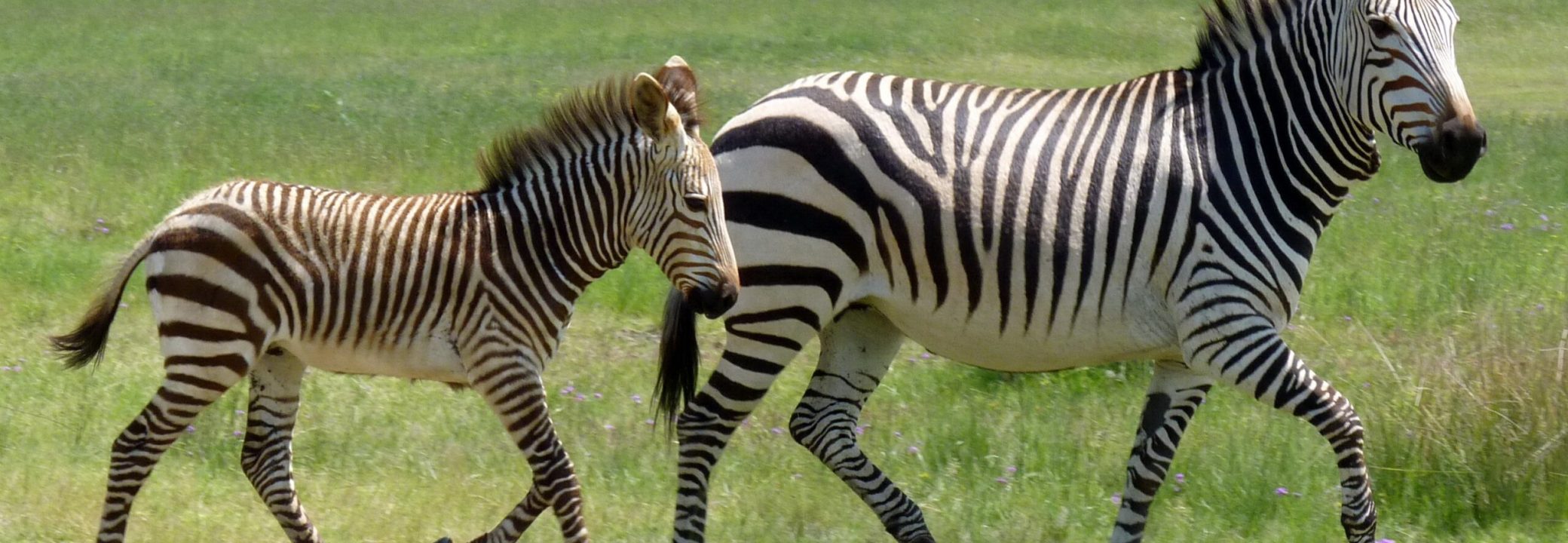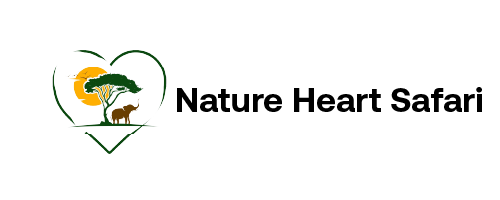
Ngorongoro National Park
Rate : $780 to $5335
Best time : June to October
High season : June to October
- Overview
The Ngorongoro Crater was formed when a large volcano erupted and collapsed on itself. This explosion created a caldera (mistakenly crater) approximately two and a half million years ago. Within the Ngorongoro conservation area, different stunning attractions are found, starting with shifting sand, Ngorongoro, almost, and empakaai craters.
The Ngorongoro Conservation Area covers 8,292 square kilometers. The caldera (Ngorongoro crater) measures between 10 and 12 miles (16 and 19 km) across (floor) the crater wall are 610 meters deep and have an area of 102 square miles (264 square km).
Ngorongoro Crater Wildlife
Attraction at Ngorongoro Conservation Area;
- Ngorongoro Crater Itself;
The crater is host to over 25,000 animals including populations of large mammals such as elephants, buffaloes, elands, wildebeests, zebras, gazelles, hippos, and rhinos, as well as such carnivores as lions, hyenas, jackals, and cheetahs. The ponds or rather small lakes on the floor of the crater also host a wide range of water birds including flamingoes and pelicans.
- Empakaai Crater;
Tucked away in an Eastern pocket of the Ngorongoro highlands, far from the crowds and the gaze of tourists, there exists a magical attraction, untouched by humans, and seldom visited. Experience, discover, and explore the Empakaai Crater while walking down the forested slopes to the lake shore below a birder's paradise. The trip to the crater floor allows for an experience away from the crowds. Drive to the rim and walk down to the crater floor.
Empakai Crater
- Olmoti Crater;
Olmoti Crater is one of four volcanic craters in the Ngorongoro Highlands. Though less dramatic than Ngorongoro Crater and Empakaai Crater, Olmoti is ideally suited for walking safaris off-the-beaten-track. Its caldera floor is covered with grassy plants that attract grazing wildlife such as reedbuck, eland, buffalo, and bushbuck. Next to abundant birdlife and diverse plants, the so-called Munge waterfalls, a water cascade that falls hundreds of meters down into a steep ravine to form Munge River, are another attraction in Olmoti Crater.
- Kerimasi Crater;
This volcanic crater is part of the great east African rift valley and it is one of the older volcanoes within the Ngorongoro Conservation Area. The kerimasi crater is famous for Trekking, with many opting to have it as part of a longer trek that includes neighboring Olmoti and Empakaai craters, along with Oldoinyo Lengai and ending as far north as lake Natron. Though accessible all year round, it is more comfortable to hike during the dry seasons. This is during the months of July to January every year, although there may be short rains in December.
- Olduvai Gorge;
Olduvai Gorge is one of the most significant paleontological sites in the world showing evidence of inhabitation by early humans as far back as 1.9 million years ago. Located roughly halfway between Serengeti and Ngorongoro Crater, with a size of about 30 miles/50 km long and 290 feet/ 90 meters deep, the Olduvai Gorge Museum showcases early stone tools and fossil remains, and is seen as a crucial archaeological site when it comes to understanding the evolution of humanity hence nicknamed the cradle of mankind.
Olduvai Gorge
- Laetoli Footprints;
The Laetoli Footprints are the oldest known footprints of early ancestors of humans in the world. The site of Laetoli is 25 miles to the southwest of Olduvai Gorge in the Conservation Area. About 3.6 million years ago in Laetoli, two early ancestors of humans walked through wet volcanic ash. When the nearby volcano erupted again, subsequent ash layers covered and preserved the oldest footprints of early humans.
According to archaeologists, the Laetoli Footprints present three separate tracks of an upright walking hominid named Australopithecus afarensis. The entire footprint trail is almost 27 meters long and includes impressions of about 70 early human footprints. Replicas of these footprints are displayed at Olduvai Museum.
Laetoli Footprints
- Lake Ndutu and Lake Masek;
Lake Ndutu and Lake Masek are close to the border with Serengeti National Park on the western side of the Ngorongoro Conservation Area. The two lakes form shallow basins where water accumulates from the nearby areas of slightly higher altitudes. The water in both lakes is extremely saline, and most of it evaporates during the dry season. The areas around the lakes are the staging ground and take-off point for the migration because it is surrounded by woodlands and short grass plains, which provide ample cover and food.
- Lake Magadi;
Lake Magadi of Ngorongoro is an alkaline crater lake, covering an area of 7 square miles/ 18 km squares. It is often inhabited by thousands of lesser flamingoes and gets its water from a combination of rainfall and a stream that drains water from the Olmoti crater in the north. Witness thousands of pink flamingoes preening and reflecting in the still waters - a fantastic sight. Many different animals can be found along the lakeshore including rhinos, eland, and lions. The lakeshore is also a good place to spot golden jackals which regularly hunt the flamingos
Lake Magadi
- Mount Lolmalasin and Mount Losirua;
Mount Lolmalasin is the highest crater mountain in the Ngorongoro Conservation Area, and indeed, it is the third-highest mountain in Tanzania, reaching a height of 3,700m above sea level. Attached to Lolmalasin, but rising as an independent mountain, is Mount Losirua (3,260m). The two peaks are located near the eastern border of the Conservation Area, opposite the Olmoti Crater on the way to Empakaai Crater.
Mount Lolmalasin can be climbed by first driving to the Maasai villages of Nainokanoka near their base, and hiking from there toward its peak. Climbing the mountain normally requires a game ranger, and the whole trip takes a day.
- Gol Mountains;
The Gol Mountains lie in the remote northern end of the Ngorongoro Conservation Area. These mountains are a series of ridges and one of the oldest geological formations in the area. They were formed millions of years before the formation of Ngorongoro Crater rising from the open short-grass plains to a height of 915m. The landscape is spectacular; the scenery prehistoric. Huge mountains, canyons, and spectacular rock formations dominate the wide meandering valleys.
Gol Mountains
Things to do at Ngorongoro Conservation Area;
- Game Drives;
With its massive large size, rough roads and remoteness Ngorongoro can be exploited within 1 to 3 days depending on the activity you undertake. Morning game drives are the most rewarding game drives since most animals are active during the morning, especially during the dry season.
- Bird Watching;
There are over 500 bird species found in Ngorongoro. The annual migrants from Europe and Asia inhabit the Ngorongoro Crater between September and April. Among the migrant birds in this area, you can see the Lesser Kestrel, the European swallow, the Eurasian bee-eater, the Northern Wheatear, the European roller, Pallid Harrier, Caspian Lapwing, and the Montagu's Harrier.
- Nature Walks;
Walking in Ngorongoro is a great way to experience nature up close. The Ngorongoro crater does not offer walking safaris rather can be done in other Areas outside the crater. Immerse yourself in nature and culture. Experience serenity, solitude, and the beauty Ngorongoro Conservation Area have to offer. From the active volcano Oldoinyo Lengai to the wildlife at the Empakaai Crater Lake and the amazing views of the colorful Lake Natron.
Nature Walks in Ngorongoro
- Bush Camping and Bush Meals;
There are always enough sites for campers spread throughout Ngorongoro and often fill up during peak times. Camping is simple with an extra touch of comfort taking you close to wildlife and nature with an authentic experience of the Serengeti wilderness. Enjoy and experience the intimate thrill of sleeping with a tent between you and the herbivorous strolling through camps, lions stirring and roaring at night, hyenas snaffling your shoes, and nightly campfires.
- Photographic and Filming Safaris;
These Safaris are generally meant and suited for photographers and filmmakers. Unlike other safaris, a photographic safari gives you access to the best viewing locations, well trained, informed, flexible, experienced, and professional guide, a private open/close 4X4 vehicle with a maximum of 4 people, charging gadgets, and enough room, top accommodations, and facilities capturing exceptional images of landscapes, people and elusive wildlife in their natural habitat.
Photographic and Filming Safaris in Ngorongoro
- Honeymoon Safaris;
For couples looking for that extra special trip, a honeymoon safari has much to offer. Whether you’re attracted by the landscapes, breathtaking nature, or vibrant culture, Ngorongoro has it all. Add to these beautiful properties offering exceptional service and you have the recipe for a perfect honeymoon. It’s your honeymoon, so you can include as little or as much as you’d like. We’ll help you explore these vast, beautiful plains with our friendly and knowledgeable local guides.
Best Time to Visit Ngorongoro Conservation Area;
Ngorongoro conservation area offers astonishing wildlife viewing all year round, however, the dry season starting from late June to October is the best time to visit the area. This is because the crater's grass will be short, making it even easier to spot.
The grasses are short hence optimal for wildlife, easy wildlife visibility, and camouflage action, gathering at water holes increases the chances of spotting wildlife, Accessible roads make easy game drives & Predator action at their best.
Ngorongoro Crater Viewpoint
Weather and Climate at Ngorongoro National Park;
- Dry season–June to October;
June, July, August, September & October – Afternoon temperatures are usually around 19°C/66°F on the crater floor. Sunny, cloudless skies are normal, but if the 'short rains' arrive early, they could begin in October. It gets cold at night, and it can freeze on the crater rim.
- Wet season–November to May;
It gets warmer during the day when compared to the Dry season, but mornings are still cold. Afternoon temperatures are usually around 23°C/73°F on the crater floor, while night temperatures are around 6°C/43°F on the crater rim.
Ngorongoro Lion in a Day Hunt
Getting to Ngorongoro Conservation Area;
From Arusha, you can hop around the parks of the northern circuit by small aircraft on chartered or scheduled flights, or you can drive and do the whole circuit by safari vehicle. A popular option is to fly into the Serengeti and make your way back by safari vehicle via the Ngorongoro Crater, or the other way around. We will pick you up from the airport.
Coming from the Seronera area in the Serengeti, the distance to the crater is about 140km/90mi and the driving time is about three hours. This can obviously take much longer allowing for wildlife viewing along the way. The 80km/50mi drive from Lake Manyara to the Ngorongoro Crater takes about two hours, and the 180km/110mi drive from Tarangire takes about four hours.
The best option to get to Arusha is to fly into Kilimanjaro International Airport (JRO), which is situated about 46km/29mi from Arusha. It is also possible to fly into Julius Nyerere International Airport (DAR), near Dar es Salaam and fly on to Arusha Airport (ARK) or Kilimanjaro International Airport (JRO).
Ngorongoro Game Drive
Where to stay at Ngorongoro Conservation Area;
In the Ngorongoro conservation area, there are plenty of options for accommodations but where to stay will depend on the part of Ngorongoro you intend to visit. For example, those visiting the calving migration in ndutu are best to stay at lodges or seasonal camps in ndutu while those visiting the Ngorongoro crater are best to stay at the crater rim so as to facilitate an early descent into the crater, while there are plenty of lodges & seasonal camps budget options are limited to a few campsites with Simba campsite the most popular as it is situated on the rim of the crater.
Ngorongoro Crater Rim Accommodation
Suggested Ngorongoro National Park Tours
Contact Us
- info@natureheartsafaris.com
- +255 692 691 900
- Arusha,Tanzania
Our Company
Recent Tours
Copyright © 2025, by Nature Heart Safari. All Rights Reserved
Copyright © 2025, by Nature Heart Safari. All Rights Reserved
Our Company
Contact Us
- info@natureheartsafaris.com
- +255 692 691 900
- Arusha, Tanzania


